Are you looking for a fun and engaging way to teach your students one to one correspondence counting skills? Look no further than Flamingo cards with plastic links!
Read on to see how you can also set these up in your math centers or at home. Kids love working with these plastic links, which provide even more benefit in fine motor skills too.
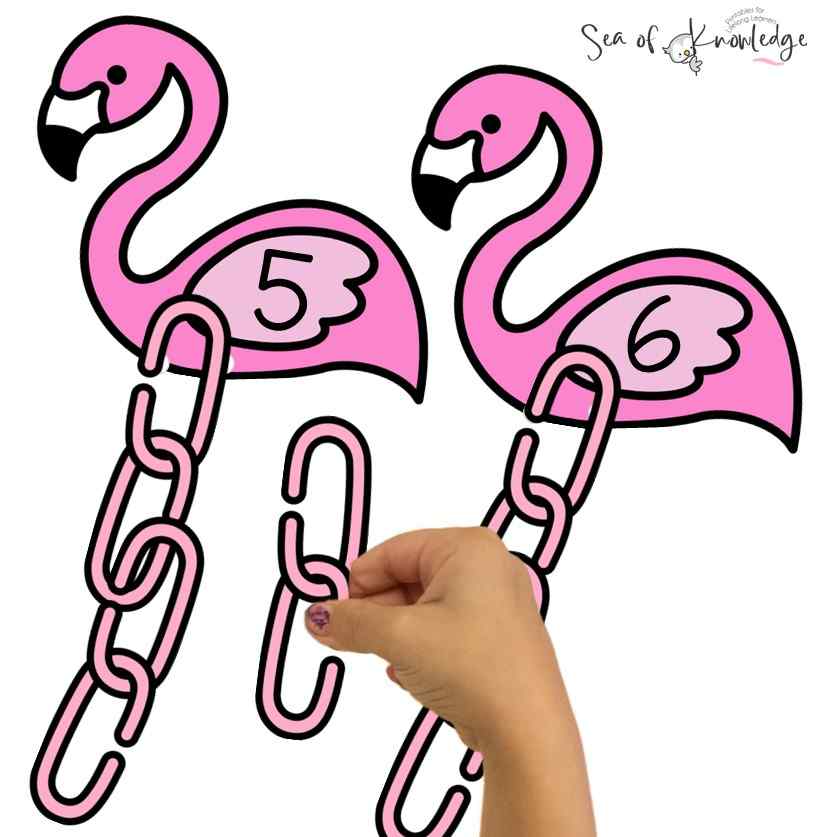
Disclaimer: this post contains affiliate links
These colorful and cute cards feature a variety of flamingo images, each with a number from 1 to 30.
Along with the cards, you’ll receive plastic links that can be used to connect each flamingo to the corresponding number.
How to teach one to one correspondence skills?
One-to-one correspondence is an important foundational skill in math that helps young learners develop a strong number sense.
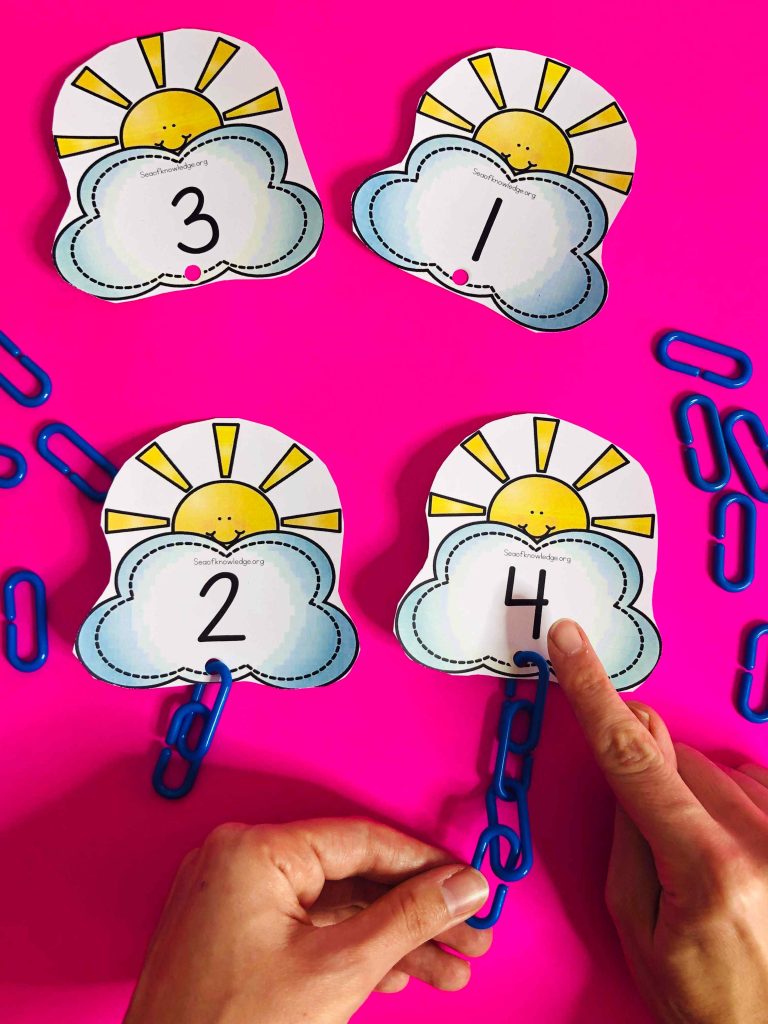
Use plenty of hands-on ways to help kids connect with the numbers. Like this spring themed printable counting game where they add that many ‘rain’ drops to each card with plastic links to show their numbers.
It is the ability to match one object or number with one and only one other object or number.
Teaching this skill can be done through a variety of hands-on activities and games that engage students and make learning fun.
Here are some ways to teach one-to-one correspondence skills:
Counting games: Counting games are a great way to help students practice one-to-one correspondence.
You can use items such as blocks, beans, or buttons, and have students count them while touching each one as they go.
Number recognition activities: Practice identifying numbers and matching them to a set of objects.
For example, you could have a set of pictures or objects and have the students match them with the correct number card.
Sorting activities: Sorting activities can be used to help students practice one-to-one correspondence and to develop sorting and classifying skills.
For example, you could provide a set of objects and have students sort them into groups based on color or shape.
Play dough or clay: Use play dough or clay to create small balls or pieces and have students practice counting them and matching them to the correct number.
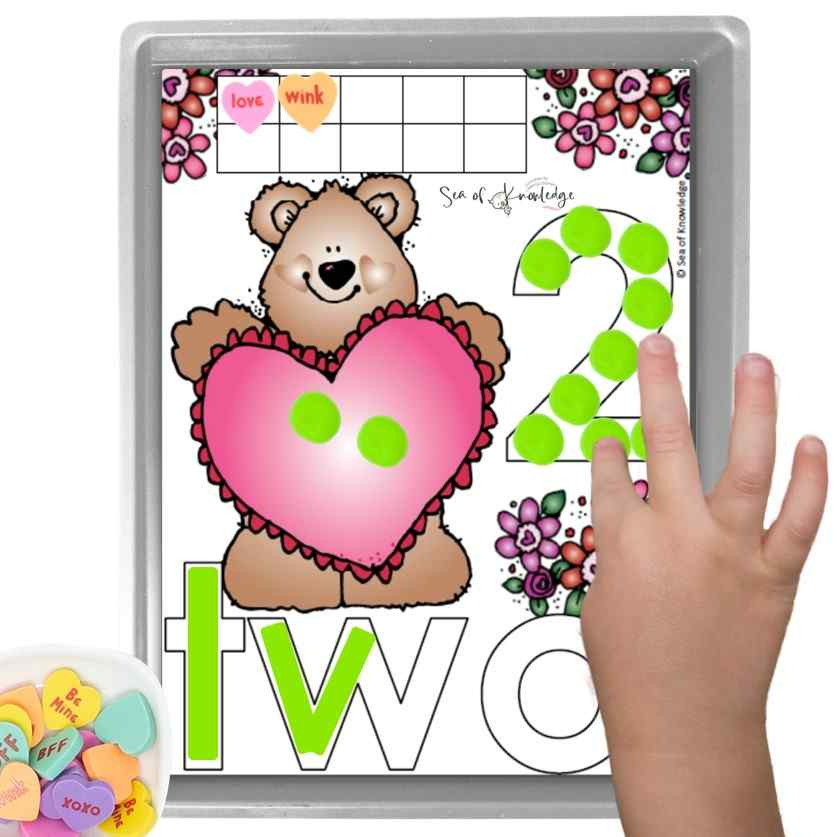
Using manipulatives: Manipulatives such as counting bears, linking cubes, or snap cubes can be used to help students practice counting and matching one-to-one.
These manipulatives can be used to build towers or create patterns, and students can count them as they go.
One to One Correspondence Counting
These game cards were made to help you reinforce these skills in a fun way!
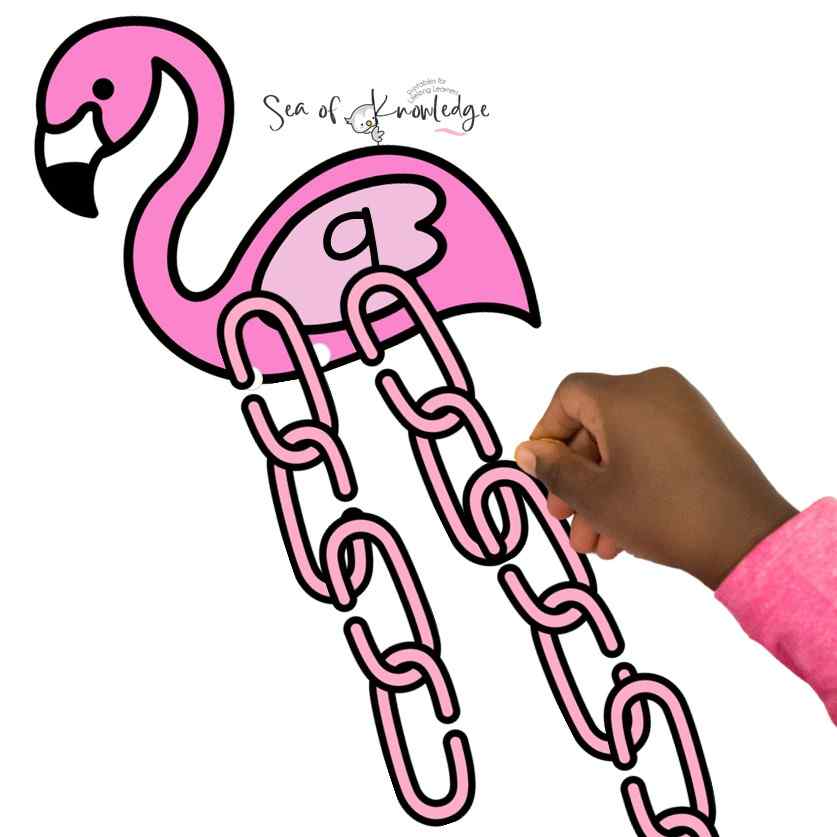
I love adding these cards to a busy bag in a plastic strip and have the kids build these on the go.
For this game, it is very easy to setup.
Here is what you will need:
- Laminator
- Printer
- Plastic Links (AFF to my favorites)
- Plastic bag or zip lock bag
- Hole puncher
Once you’ve printed the cards and then laminated them, you can then use a hole puncher to punch out the bottoms where the guide is showing.
You can also alternatively hole punch the cards before you laminate them and then redo them once laminated. However, I found it a bit easier to just do them once. Even though it felt tougher to punch through two layers.
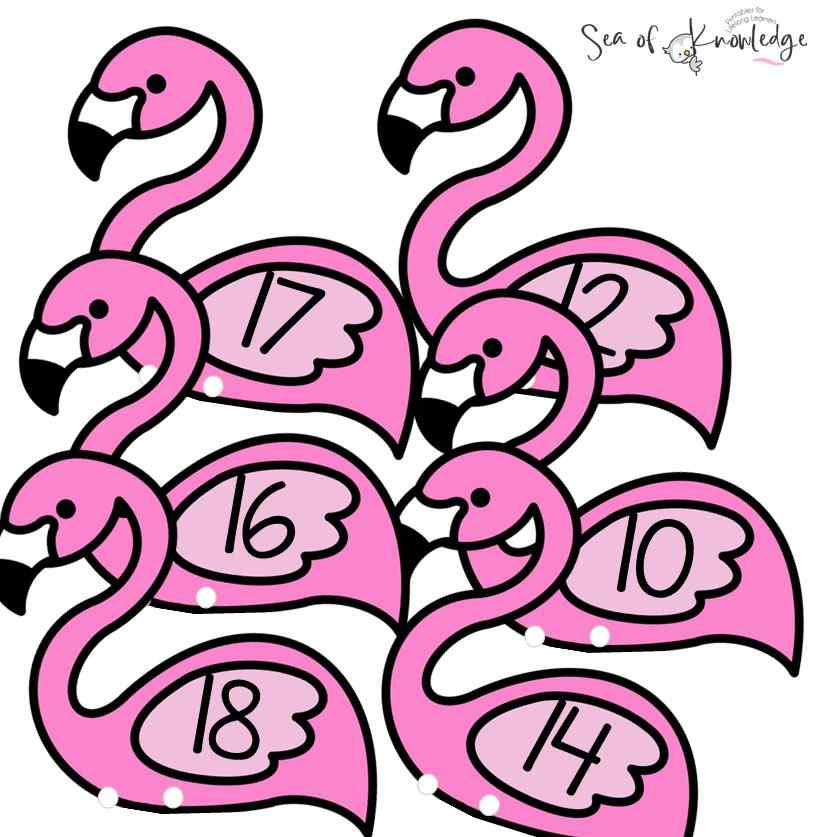
Sign up below to get your printable!
the key to teaching one-to-one correspondence skills is to make it fun and engaging for students.
By incorporating hands-on activities and games, you’ll help your students develop a strong foundation in math that will benefit them throughout their academic careers.
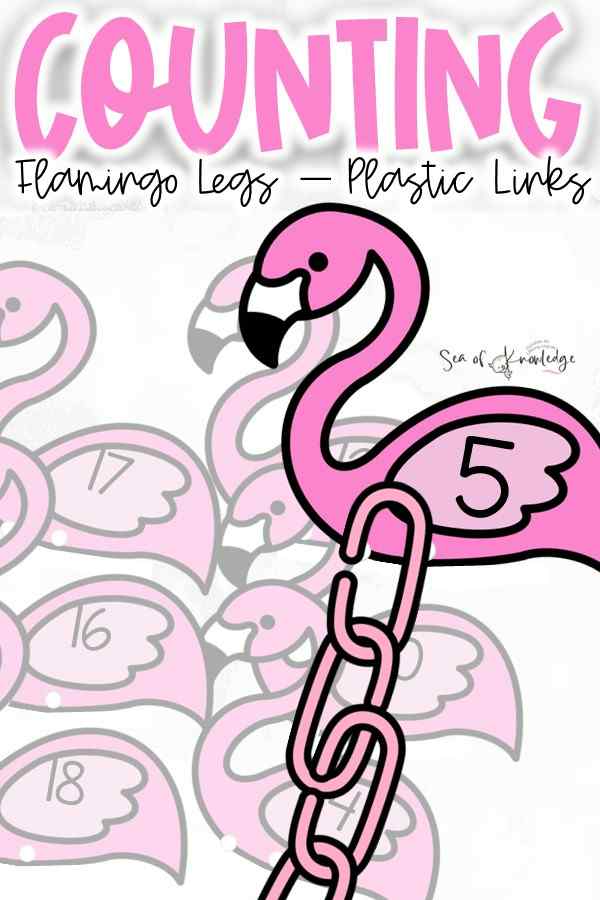
What is one to one correspondence in early childhood?
In early childhood, one-to-one correspondence refers to the concept of matching each item in a set with a corresponding number or object.
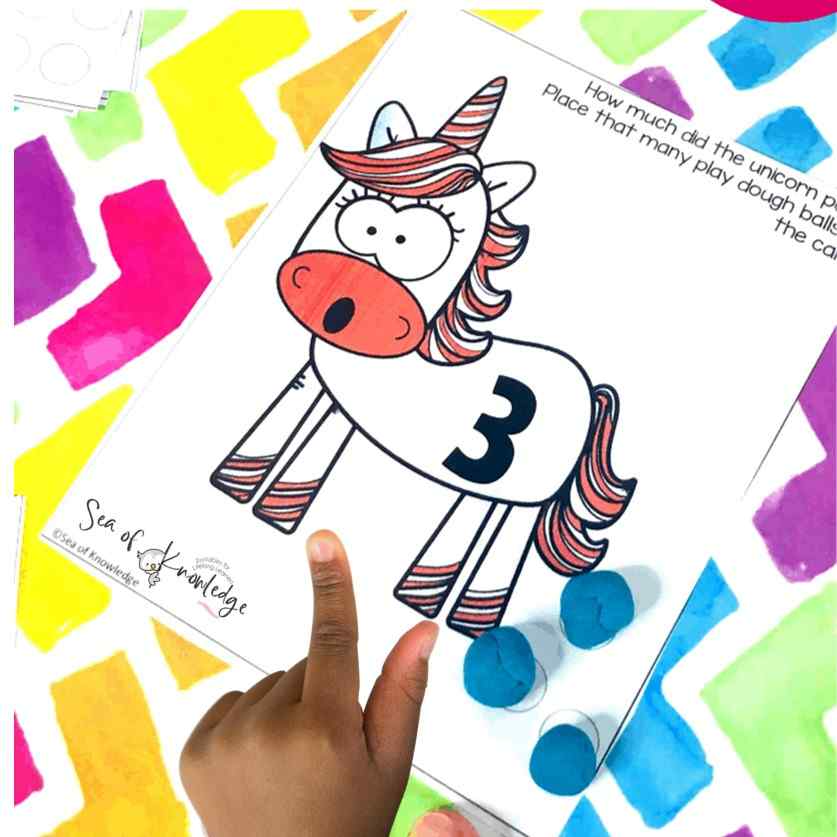
It is a foundational math skill that helps children develop their understanding of numbers and counting.
For example, if a child is given a set of blocks and asked to count them, one-to-one correspondence means that the child touches each block as they count it, ensuring that each block is only counted once.
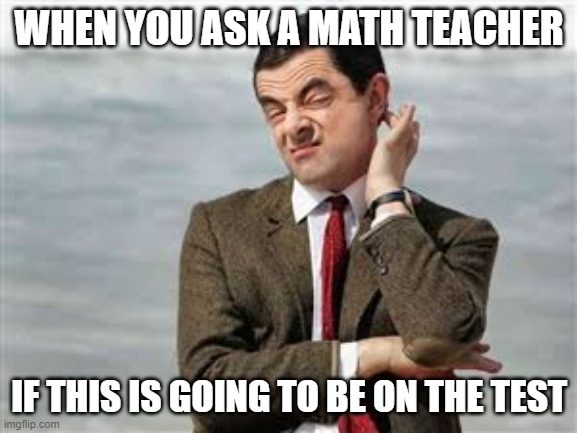
This helps the child develop the understanding that each number represents a specific quantity, and that each object in the set must be counted to accurately represent that quantity.
One-to-one correspondence is also important for developing basic math skills such as addition and subtraction.
Children who have a strong understanding of one-to-one correspondence are better able to understand the concepts of adding and subtracting numbers, and are more likely to be successful in later math learning.
Early childhood educators can help children develop one-to-one correspondence skills through a variety of hands-on activities and games that involve counting, sorting, and matching objects or pictures to numbers.
By providing opportunities for children to practice one-to-one correspondence in a fun and engaging way, educators can help children build a strong foundation in math that will benefit them throughout their academic career.

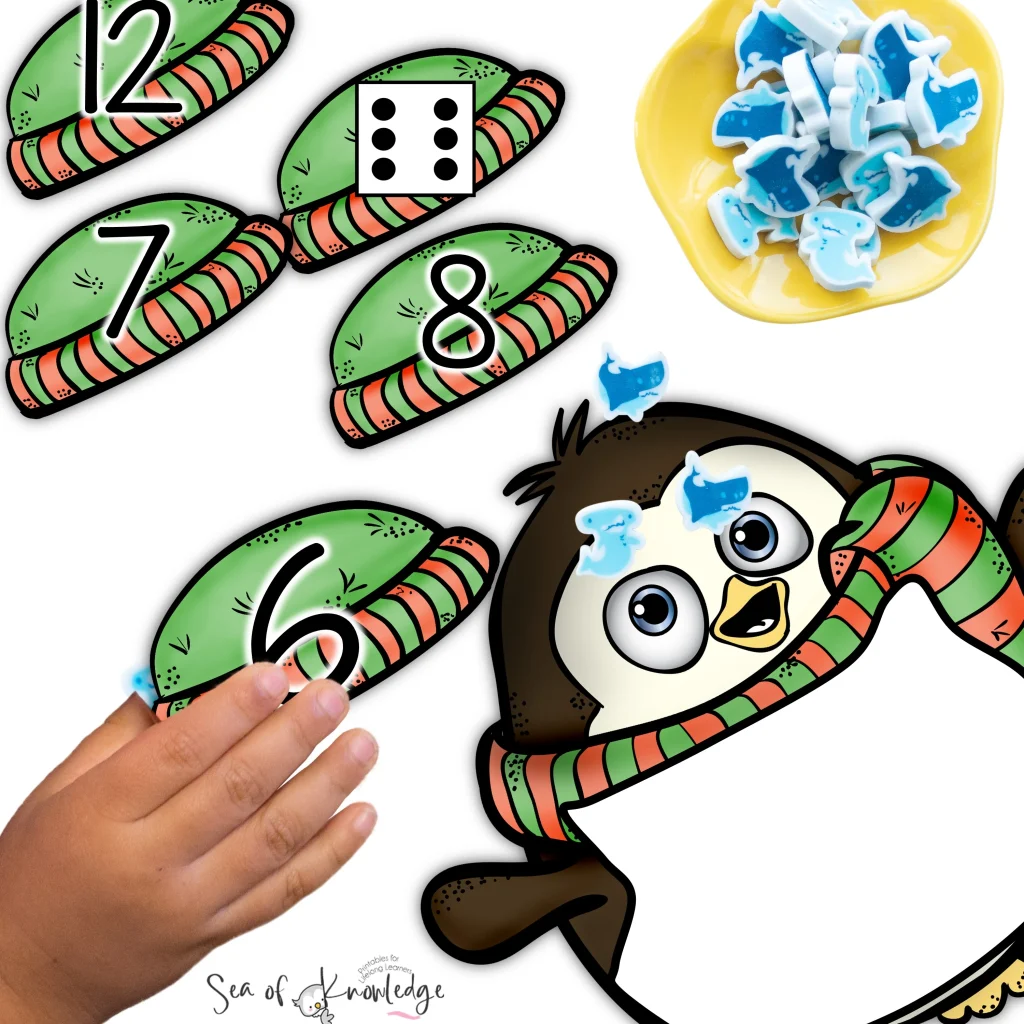
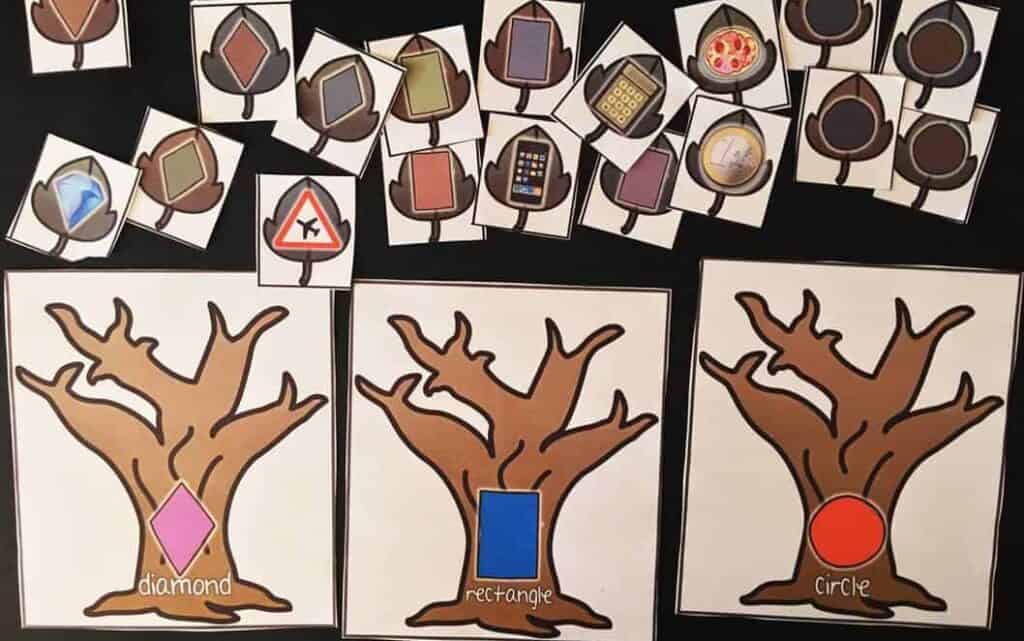


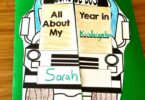


Cute idea:)